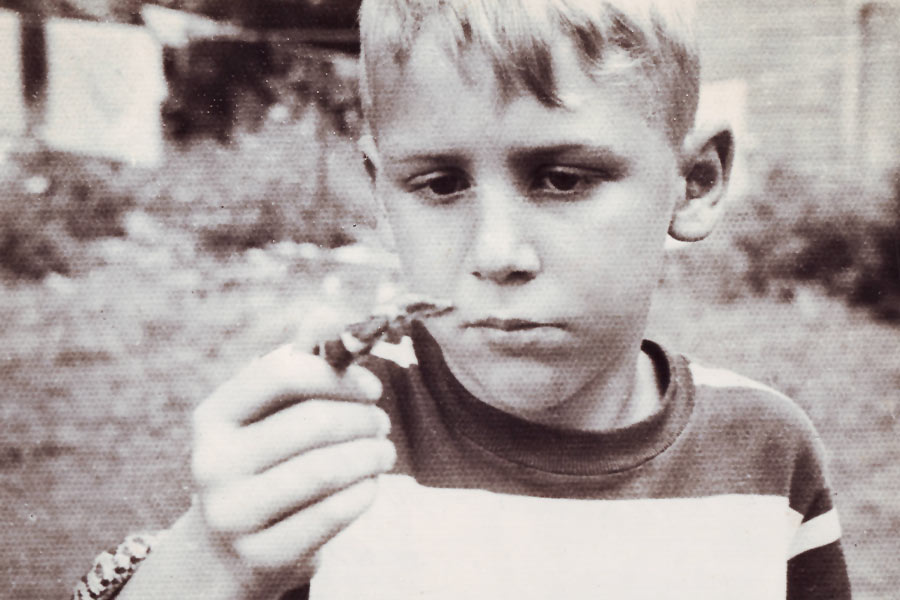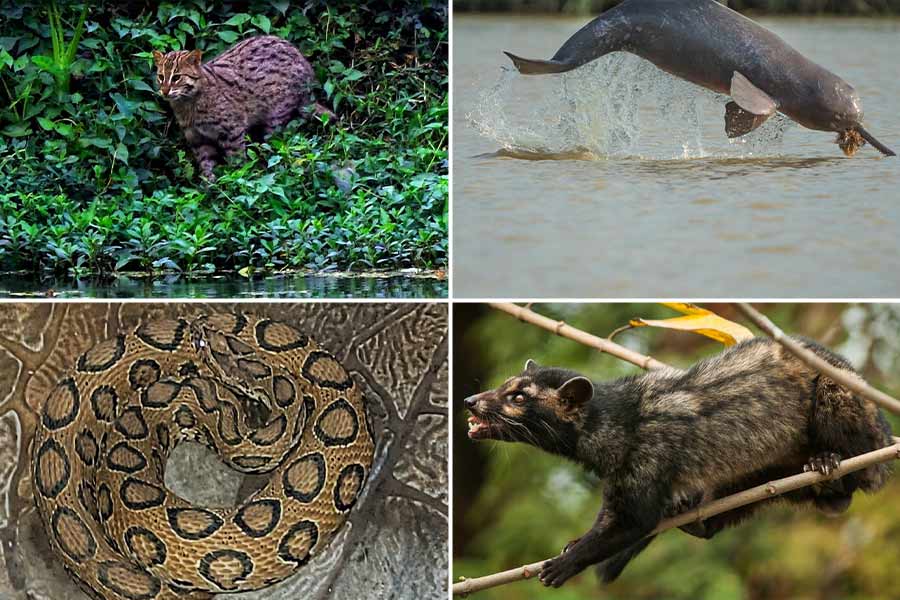Romulus Whitaker, also referred to as ‘Snakeman of India’, is a legend in the arena of wildlife conservation. From New York to Kodaikanal, Whitaker portrayed the 1960 US era and India in its early years of Independence through his ‘wild’ encounters. His memoir, Snakes, Drugs and Rock ‘n’ Roll: My Early Years, written with his wife Janaki Lenin, is a rollicking adventure. From keeping a pet python under his bed at boarding school in Kodai, to the realisation that all he wanted was to do work with snakes, his hilarious yet spine-chilling incidents are something to look forward to.
Snakes, Drugs and Rock ‘n’ Roll tells the story of a boy who would become one of the greatest conservationists of his generation, discovering the wonders of India’s extraordinary natural world. In his own words, “By revealing my bloody hands and early love of destruction, whether it be of animal life or explosives, you, the reader, can see the real me with all the warts”. He adds that he is not at all apologetic, as the conservationist label has been bestowed upon him by others.
Here is an excerpt from the same that accounts to one of his school-vacations in Bombay, including the introduction of the pet python!
***

First snake. Hoosick, New York. 1947
On one of my vacations in Bombay, I saw stray dogs harassing a black kite—the bird, not the paper contraption—in the Shangri-La car park. I scooped it up in my arms and took it to our flat. A wing was injured, likely by a cutting manja kite string. For two days I kept it under an upturned large basket and fed it pieces of meat. Once it stopped being skittish, I set a cane chair as a perch on our balcony, from where it could watch the other kites flying by. Within a few days, it tamely accepted pieces of meat from my hand, but jealously covered the prize with its wings and hissed if I approached. I bonded with the various cats and dogs Mom and other family members had as pets, but there was something fulfilling about befriending wild creatures, whether they were birds of prey, toddy cats or snakes. It took a lot more effort to get them to accept me, a human, as a non-threatening friend. That process also changed me. I began to see the world through their eyes.
When Amma came for a visit, she presented me with a big-format book, The Decisive Moment by Henri Cartier-Bresson, which the great photographer had inscribed to her. Inspired by his example, I borrowed film rolls from Mom and wandered everywhere with the camera hanging from my neck, taking photographs of everyday life.
At the lab, I shot the breeze with film technicians, and at the motorbike repair shops in Worli hung out with the mechanics, who had a miscellany of vintage German BMWs, the light, racy 90 cc Italian Ducatis and the ‘dog-killer’ Harley-Davidsons. Most of these machines were too far gone to roar back to life.
I accompanied Mom on her weekly shopping to Crawford Market, a chaotic jumble of shops, where everything from fish and chicken to dry goods and imported goodies such as Crosse & Blackwell grape jelly and stuffed olives were on sale. Not only was the place photogenic, but it also had a live animal market, which sold puppies and kittens as well as tropical fish and the occasional reptile. Star tortoises were often on sale. More than once I bought a skinny monitor lizard for ten bucks and let it go outside of town, hoping it would survive.

Pet kite. Shangrila, Bombay. 1959
On one occasion, Ayo, Mom’s Danish lady friend, accompanied us. We left Mom at the grocery store and wandered to the pet-market section. A six-foot python in perfect condition was for sale. She asked the seller how much he wanted.
‘Hundred rupees,’ he said. ‘Is cheap. Very tame, no biting.’
But he covered his arm with a gunny sack to open the chicken mesh cage. The snake wasn’t agitated when he picked it up, so I took it from him and let it run through my hands, keeping it well away from my face.
‘Yes, he seems tame,’ I told Ayo. ‘But you have to be careful. Snakes have lots of teeth.’
‘Do you want it?’ she asked.
Without waiting for my answer, she handed a hundred-rupee note to the seller. Too stupefied to thank her for this fantastic gift, I hoisted the gunny bag on my shoulder and we made our way to where Mom was getting her purchases packed into boxes.
Typical of her style, Mom calmly took the news of a reptilian addition to the household.
‘What happens when you go to school next month?’ she asked after we arrived home and Ayo had left.
I hadn’t thought of that yet.
‘Make sure it doesn’t eat Trichy.’
Besides Trichy the cat, Nina’s pets, a rabbit and a palm squirrel, also ran around the apartment.

Pet python. Kodai School. 1958
I rigged a makeshift box, placed a bowl of water inside it and transferred the python from the sack. Mukund, Mom’s carpenter, promised to have a container complete with ventilation holes delivered in two days. I set rat traps downstairs in the garage, and one held a dead rodent the next morning. The hungry snake lunged, wrapped his coils around his meal and took his time swallowing. Although I had kept a sand boa, water snake and Russell’s viper, this was the first large snake of my life. For as long as I had the python, trapping rats became part of my routine.
At the army and navy store at Flora Fountain, a pamphlet, The Bomber’s Handbook, caught my eye. Produced in Britain during the Second World War and designed to teach ordinary citizens how to defend themselves against a German invasion, it provided recipes for making explosives with household materials or items available over the counter at a local pharmacy. I paid two rupees and looked forward with glee to experimenting in Kodai.
In the evenings, I let the python explore my room after closing the windows and doors. Once, I found the room’s door ajar when I returned after dinner. Who had left it open? Had the snake disappeared? With no hope of finding him inside, I pushed the door open. A crouched Trichy slunk closer to the python, which had bunched up, ready to strike. I yanked the cat by the tail just as the snake lunged. The startled cat bit and scratched me before running out. Had it been the rabbit or squirrel, I would not have been able to save it. I slammed the door shut and washed my hands. The snake was restless from the excitement and wasn’t ready to retire yet. It took many minutes to get him settled back inside his box. The next day, I fed him a whole dead chicken to make up for his disappointment.
***
Excerpt, images and captions from HarperCollins India. Buy the book here.








